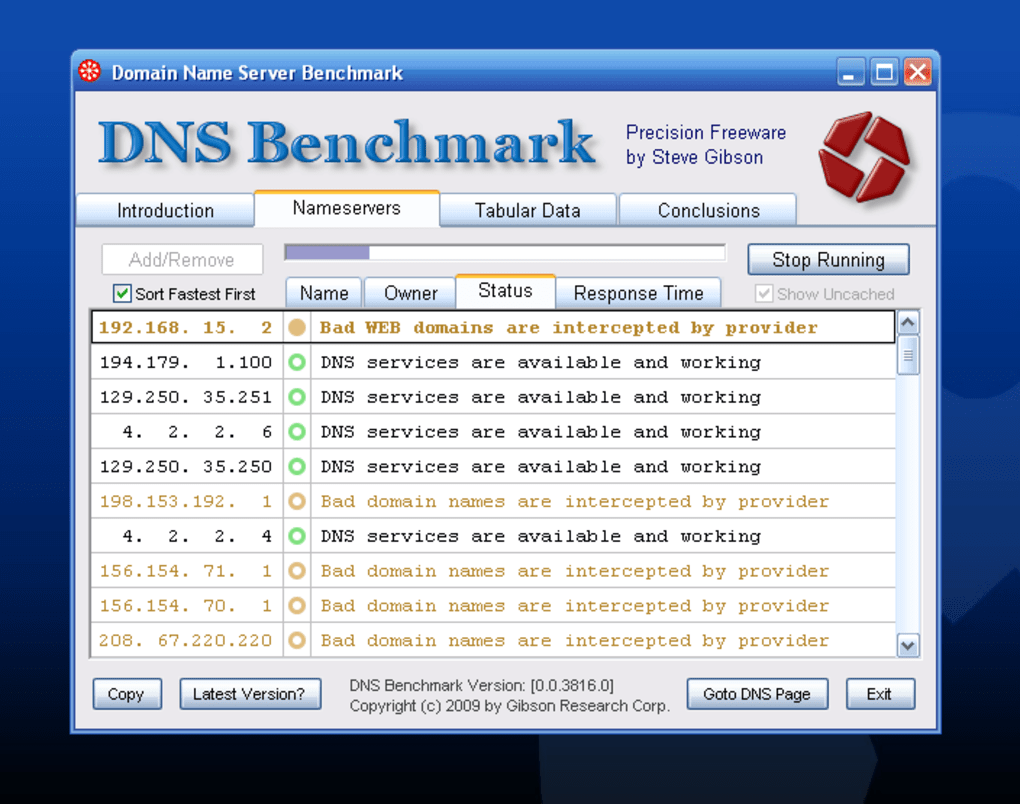
Simulations were performed at constant friction Reynolds number 150 and Prandtl numbers between 0.71 and 7 considering the fluid temperature as a passive scalar. The Direct Numerical Simulation (DNS) of the fully developed velocity and temperature fields in the two-dimensional turbulent channel flow coupled with the unsteady conduction in the heated walls was carried out. It has been discovered that a large increase of concentrations of the particles close to the wall and in low-speed streaks, where temperatures differ from the mean temperature, strongly affect the mean temperature of the particles *). The presented data were obtained using direct numer-ical simulation and show new effects related to heat exchange for the turbulent flow with small particles. DNS shows that the clustering and segregation of particles near the wall, due to turbophoresis, is strongly related to the quality of the velocity field and these phenomena cannot be reproduced with other types of simulation. The focus is centered on the interactions between particles and turbulence and their effect on the concentration and temperature of the particles. The Euler–Lagrange approach with point-particle modeling has neglected the influence of the particles on the fluid and inter-particle interactions. The simulations are performed at Re τ =180 and 395, with Pr = 1.0. Turbulent non-isothermal fully-developed channel flow laden with small parti-cles was investigated through Direct Numerical Simulation (DNS), combined with tracking of the individual particles. While the former underestimates heat fluxes, the latter provides results in good agreement with the experiments. Finally, in order to demonstrate the importance of dimensionless profiles to properly predict heat transfer, two different high-Reynolds simulations of the “GM Pancake” engine are proposed, one with standard wall functions and one with u+ and T+ profiles provided by the low-Reynolds analysis. Afterwards, it is applied to the well-known “GM Pancake” engine test case, showing that both u+ and T+ calculated on the combustion chamber walls remarkably differ from analytical standard wall functions. The methodology is preliminary tested on a 2D plane channel (where the existence of wall functions is a priori acknowledged), at both quasi-isothermal and highly non-isothermal conditions. In addition, an alternative strategy to extract velocity and temperature dimensionless profiles from the computed fields is proposed. While the existing literature deals with DNS or hybrid URANS/LES approaches applied to simplified geometries and low revving speed conditions (for computational cost reasons), in the present paper a RANS k-ε turbulence model with a low-Reynolds wall treatment is adopted.


In particular, attention is focused on 3D-CFD in-cylinder simulations. In the present paper, a methodology to investigate the presence of dimensionless profiles comparable to universal wall laws in boundary layers of actual industrial problems is presented. As a result, typical dimensionless profiles of velocity and temperature on the combustion chamber walls are far from standard wall functions. In fact, universal laws of the wall can be claimed only under very restricted conditions, which are hardly (to say never) met in industrial applications. However, the use of the latter represents a potential source of error, leading to poor estimations of shear stress and heat flux at the wall. In the industrial practice, 3D-CFD in-cylinder simulations still largely rely on RANS turbulence models and high-Reynolds wall treatments, i.e. Presented results are prepared in the form of the benchmark solution data and will be available in the digital form on the website.

Difference in temperature fluctuation generate the difference in turbulent heat fluxes. Results shows that the type of thermal boundary conditions significantly influence temperature fluctuations while the mean temperature is not affected. Numerical analysis assuming both zero and non-zero temperature fluctuations at the wall and zero and non-zero temperature gradient in the channel centre shows that thermal structures may differ depend on case and region. Turbulence statistics for the fluid flow and thermal field as well turbulence structures are presented and compared.

also with combination with adiabatic or isothermal second wall. Various types of thermal boundary conditions presented in literature has been considered in this work: isoflux wall boundary conditions, symmetrical isofluxes wall boundary conditions and isothermal b.c. The focus is on the role of the thermal boundary condition type on the results. In the present paper direct numerical simulation (DNS) of the fully developed turbulent non-isothermal flow has been study for Reτ=150 and for Pr=1.0.


 0 kommentar(er)
0 kommentar(er)
